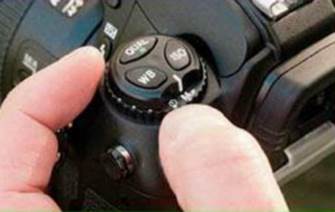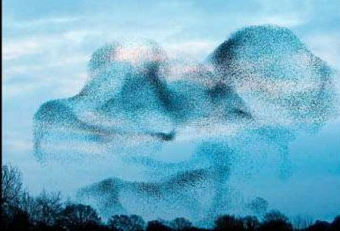How to check focus with live view
Follow these easy steps to get pin-sharp
pictures using your camera's clever Live View mode
Activate Live View

Activate
live view
Mount the camera on a tripod, activate Live
View and ensure the back of the camera is parallel to the subject.
Highlight area

Highlight
area
Move the white frame across the image until
it highlights the part of the picture that you want to check for sharpness.
Zoom in

Zoom
in
To zoom into this area, press the button
marked with the '+' magnifying glass symbol. Press it again to zoom in further
still.
Focus and shoot

Focus
and shoot
Gently rotate the focusing ring until the
point you want to be in focus appears sharp on the screen, then take the shot.
Mirror lock-up

Mirror
lock-up
The movement of the mirror inside the
camera creates vibrations that can soften pictures at slower shutter speeds, so
activate your camera's Mirror Lock-up function. This locks the mirror out of
the way before you take a shot, allowing any vibrations to fade before you make
the exposure.
Mirror Lock-up isn't available on all
cameras, and it shouldn't be confused with locking the mirror out of the way to
clean the sensor. Switching to Live View shooting is a great alternative though,
as the mirror is automatically locked up out of the way so that the live image
can be displayed on the rear screen.
Other great autumn ideas
It's not just colourful frost-edged leaves
that make great pictures. Many autumnal subjects come alive with a macro lens
Starlings

Starlings
Late autumn signals the start of one of
nature's spectacles: thousands of starlings flocking together. The fast shutter
speeds afforded by a macro lens's widest aperture means you can freeze this
awesome display. Alternatively, put the camera on a tripod and use a slow
exposure to create aerial blurs.
Silhouettes

Silhouettes
As the autumn days grow shorter, the
sunsets arrive earlier, so this is a great time to have a go at shooting
silhouettes. Experiment with the '+/-' Exposure Compensation button on your
camera, dialling-in some negative compensation to saturate the spectacular
colours.
Squirrels

Squirrels
Squirrels are too busy at this time of year
to pay much attention to an approaching photographer. If you're shooting a
squirrel portrait, use a macro lens towards its widest aperture in order to
blur foreground and background details, bringing the squirrel into sharp focus
against the autumn colour.
Macro Accessories
Here’s all the essential kit you need to
pack if you want to get serious with your seasonal close-ups
Macro lens

Macro
lens
Macro lenses come in focal lengths that
range from 50mm to 150mm. With a longer focal length you'll have more working
room between the front of the lens and the subject.
Tripod

Tripod
When choosing a tripod for close-up
photography, look for one that will get you to ground level easily, without
having to mess around with removing the centre column.
Remote release

Remote
release
By using a tripod and a remote release to
fire the shutter, you'll maximise sharpness. You can use a self-timer, but a
remote allows you to time pictures better.
Reflector

Reflector
A reflector lets you bounce light onto
parts of the subject that are in shade. Not only will this provide a more even
exposure, it can enable you to use faster shutter speeds.
Get the shot frosty leaf close-ups

Get
the shot frosty leaf close-ups
1. Colour
Autumn's all about rich colours, but look
for ways that you can contrast 'warm' tones with 'cool' ones. Move a leaf to a
different location if it makes for a stronger colour contrast.
2.
Composition
The rule of thirds helps to make balanced
close-up compositions. Imagine a 3x3 grid over the image, and place the most
important feature at. a point where the lines cross.
3. Focal length
Macro lenses with longer focal lengths are
useful when you're photographing frost-covered leaves, as you're less likely to
breathe on the subject and melt the icy magic.
4. White balance
Shoot raw files and you'll be able to edit
the white balance setting later in software. This allows you to try out cooler
settings to emphasise frost, or produce images to blend.